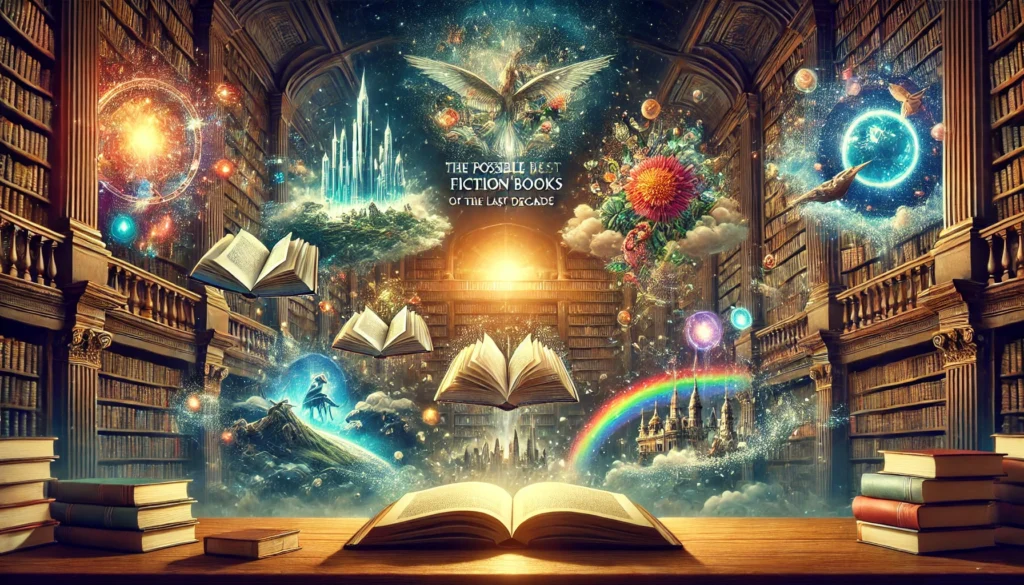
‘The Overstory’ by Richard Powers
In Powers’ book we see the scientific insights of Suzanne Simard about the underground networks that connect trees. He dives into how different families grow up in various ecosystems and how their choices impact both the forests and the people living in them. Whether he’s telling the sad tale of the American chestnut or showcasing the frustrations of modern activists fighting climate change, Powers brings a bunch of connected stories together. He really shifts the perspective so you can feel the long history of trees that make human life possible.
“The Goldfinch” by Donna Tartt
By the end of his story, Theo the main character reflects, “I add my own love to the legacy of those who’ve treasured beautiful things,” finding little joys amidst his sadness. After surviving a museum attack that costs him his mother, Theo grows up in the wealthy side of Manhattan but carries a heavy heart. A big choice he makes that day—saving, or some would say stealing, a valuable goldfinch painting—brings him some comfort. This hidden treasure is so important that he sometimes feels scared to look at it for too long. Tartt’s deep and engaging writing along with Theo’s complex journey connect not just to art but to big human feelings and a lasting appreciation for beauty.
“The Amazing Adventures of Kavalier and Clay”
This story written by Michael Chabon in 2000 follows two Jewish cousins before, during, and after World War II as they navigate both the comic book industry and their personal lives. It might be a bold pick, but Chabon’s novel about Jewish comic book creators isn’t just a harsh warning about America falling apart or a look into a tech nightmare. Instead, it’s the best tale I’ve stumbled upon in the last thirty years. Lots of how fiction has evolved—like mixing genres and showing history as if it’s happening right now—were already in this book from the early 2000s.
‘James’ by Percival Everett
In Percival Everett’s smart twist on Mark Twain’s “Adventures of Huckleberry Finn,” Jim is reimagined as James, a Black man who reads John Locke and Voltaire. While he’s with Huck and other white characters, James speaks in a way shaped by his life as a slave, but in other situations, he shows his true smarts and eloquence. Reading “James” feels like picking up Frantz Fanon’s “The Wretched of the Earth” or watching “Get Out” for the first time—it’s thrilling, eye-opening, and a bit unsettling. There’s a key moment when James asks the white man who plans to sell him: “Which would scare you more? A slave who’s crazy or one who’s sane and sees you for who you are?”
‘2666’ by Roberto Bolaño, 2008
How do you even talk about the horror of a woman being murdered? How can you impress the deep tragedy of brutal killings into a reader’s mind? And what if it’s over a hundred? Roberto Bolaño aimed for lasting fame with his amazing five-part book that digs into themes of cruelty and survival in a wild, clever, and relentless story set in a border town in Mexico. Going through more than 900 pages is a journey filled with rumors, history, mysteries, and deep emotions. The story includes a Chilean professor, a lover named Rosa, an American journalist, 112 murdered women, and a mysterious German writer called Archimboldi. Translated by Natasha Wimmer, the deep and moving “2666” really is a huge masterpiece.